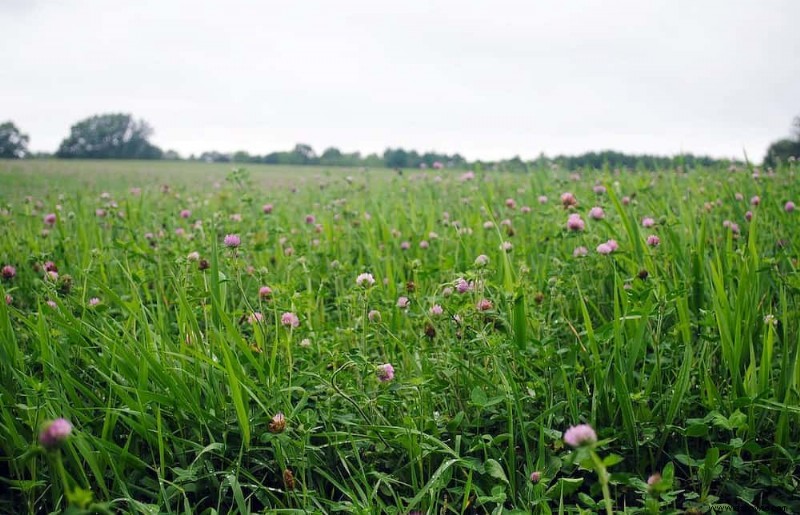Un suelo saludable conduce a plantas saludables y, por conveniencia, las personas a menudo bombean el suelo de su jardín con productos químicos y fertilizantes que prometen brindar resultados rápidos. Esas soluciones se quedan cortas porque los productos químicos y fertilizantes sintéticos e inorgánicos no son ecológicos y agotan la materia orgánica de su suelo con el tiempo.
Si la tierra de su jardín necesita un empujón, y si no tiene tiempo para las pruebas de suelo de rutina, cultivar plantas que enriquecen la tierra es una gran opción. Proporcionan a su jardín minerales y nutrientes valiosos, incluidos nitrógeno, fósforo y potasio. Estas plantas no solo lo ayudarán a combatir la erosión del suelo, sino que también romperán el suelo compactado que de otro modo asfixiaría a sus plantas. Abajo hay ocho plantas que enriquecen la tierra de su jardín, ¡así que puede comenzar hoy mismo!
1. Trébol rojo
El trébol rojo es una planta fijadora de nitrógeno. Toma nitrógeno del aire y lo almacena en sus hojas y tallo. Cuando la planta muere y se descompone, libera el nitrógeno en el suelo. Aunque algunas personas lo comparan con la hierba, el trébol rojo es un eficaz supresor de malas hierbas. Sus raíces profundas matan de hambre a las malas hierbas y evitan que germinen.
El trébol rojo también es un cultivo de cobertura efectivo. Previene la erosión del suelo con sus raíces profundas y masa extensa. El trébol rojo puede crecer en diferentes tipos de suelo y bajo diversas condiciones climáticas. Vale la pena señalar que la relación simbiótica de la planta de trébol rojo con la bacteria del suelo Rhizobium aumenta la fijación de nitrógeno.
2. Árbol Emperatriz
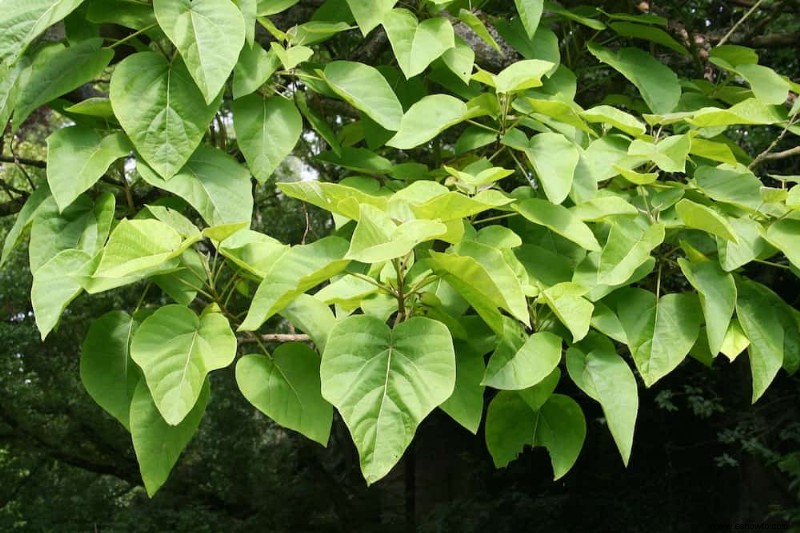
El árbol de la emperatriz, también conocido como árbol de dragón, es un árbol de crecimiento más rápido que puede expandirse hasta 20 pies al año cuando es joven y alcanzar de 50 a 75 pies en plena madurez. Las hojas del árbol de la emperatriz tienen una buena cantidad de proteínas, grasas, azúcares, nitrógeno, fósforo y potasio, que mejoran la estructura y la salud del suelo.
También ayuda con la restauración del suelo y es adecuado para cultivos intercalados. Puede usar las hojas como abono verde o forraje para el ganado para obtener un estiércol rico que puede ayudar a reponer su suelo con nutrientes y minerales. Puedes plantar árboles emperatriz en otoño o primavera, pero asegúrate de que reciban al menos seis horas de luz solar al día.
Dicho esto, el árbol de la emperatriz se propaga rápidamente, así que si quieres evitar un bosque en tu patio trasero, ¡recoge todas las semillas que caen al suelo!
3. Guisantes
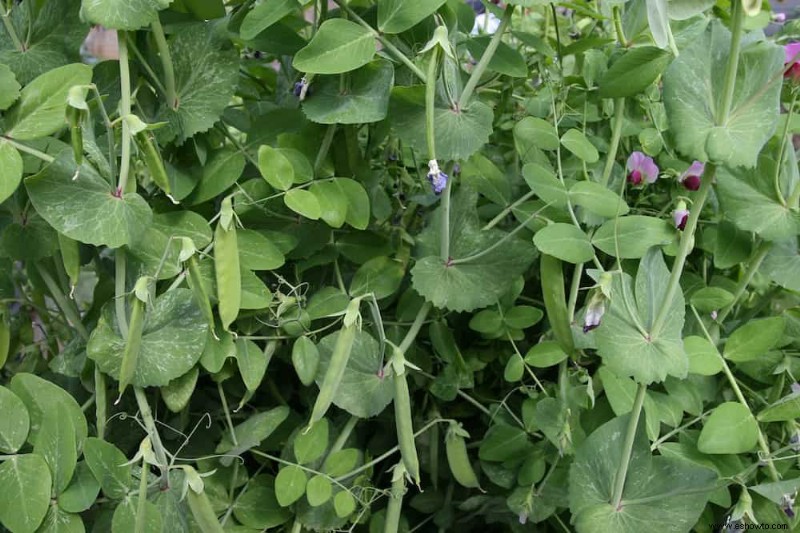
There are many varieties of peas, and although they’re a nitrogen-fixing crop, you’ll need to harvest peas correctly for the soil to benefit from its nitrogen compounds.
For instance, after harvesting, don’t remove the roots and the stalks of your pea plants. The roots and stalks carry fixed nitrogen content thanks to their symbiotic relationship with Rhizobium bacteria – your soil will benefit from that later. Leave a few seed pods on the plant, and at the end of the growing season, chop the plant and leave it in the garden to decompose.
But, if you want the most out of this nitrogen-fixing plant, you can use them when their flowering. Surprisingly, the flowering stage is when pea plants hold the most nitrogen.
If you don’t mind sacrificing your pea plants, you can chop the plants and use them as green manure to fix your soil’s nitrogen levels.
4. Oats
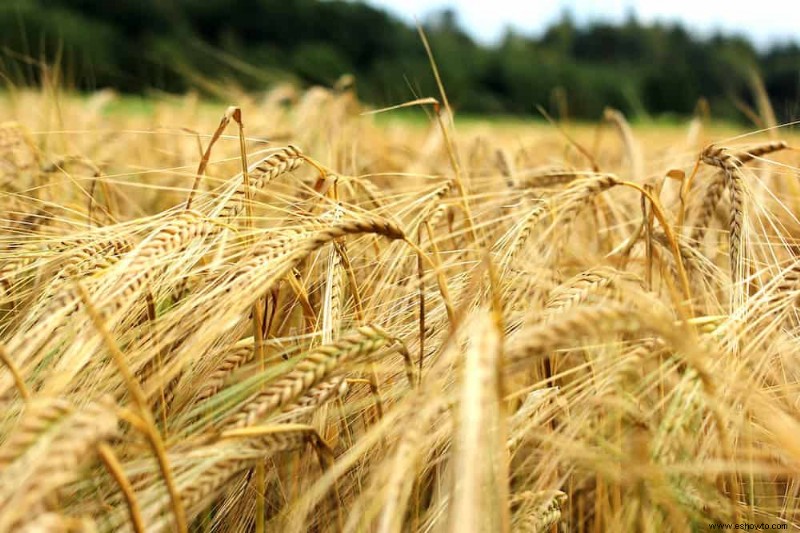
Oats are a good garden crop because they improve soil health by suppressing weeds and scavenging excess nutrients, such as nitrogen, potassium, and phosphorus.
Used as a cover crop for decades, oats help prevent soil erosion and make great green manure and forage for livestock. The best planting time for oats is from late August to October and since they have a short growing season, you can easily add them to your plant rotation.
5. Sudangrass
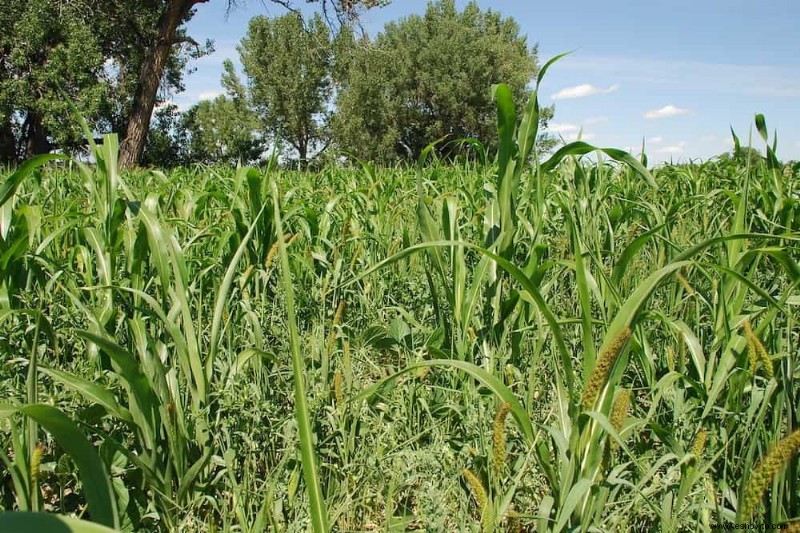
This drought-tolerant plant’s roots help prevent compacted soil by loosening the upper layers of the soil for better aeration and water penetration. Sudangrass also possesses allelopathic compounds, which it releases into the soil. When weed roots absorb these chemical compounds through their root systems, they can die.
Apart from providing ground cover to prevent soil erosion and surpress weeds, sudangrass improves the soil health. Sudangrass scavenges (absorbs) excess nitrogen in the soil and stores it. When the plant dies, its roots break down into organic matter for the soil to absorb, thereby releasing some of that nitrogen back into the soil.
6. Vetch
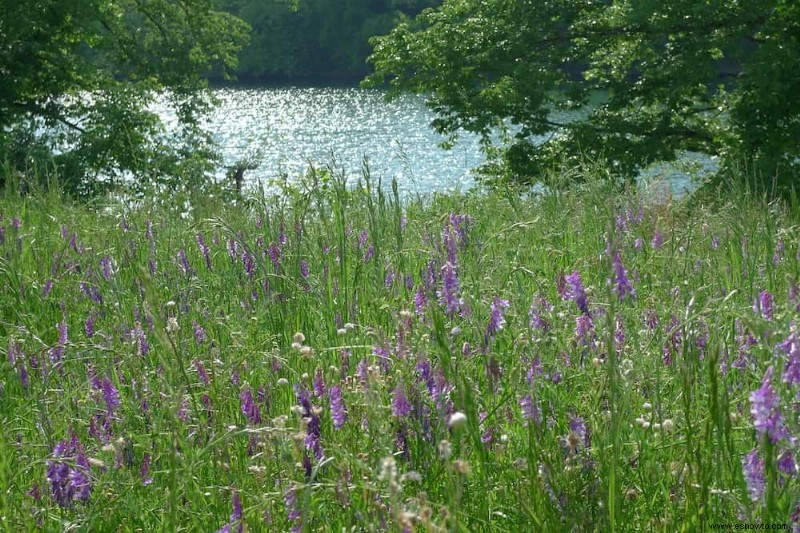
Vetch is a leguminous plant that’s not only nitrogen-fixing but also packed with phosphorus, which is another essential element for healthy garden soil. Commonly used as forage, vetch suppresses weeds and is great for preventing erosion, especially along banks or slopes. Since vetch affects the soil’s phosphorus requirements, at the end of the growing season, many gardeners use it as green manure to replenish the soil’s nitrogen levels.
7. Dandelions
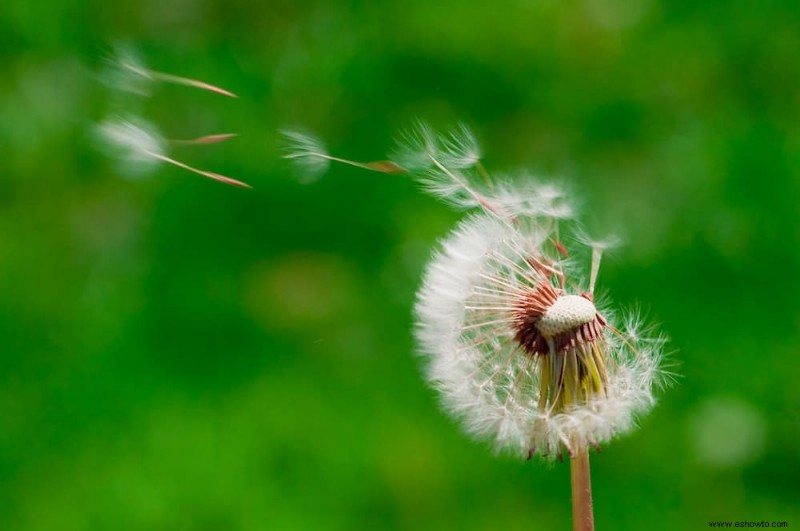
Dandelions can restore the soil’s minerals, including nitrogen, potassium, and phosphorus. The dandelion’s deep roots also mine calcium, copper, iron, magnesium, and silicon from the soil and make them available for surrounding plants.
While mining for nutrients, the roots loosen the soil, thus improving soil aeration and water penetration. Not only do dandelions attract pollinators, but they also prevent soil erosion.
8. Bat Guano
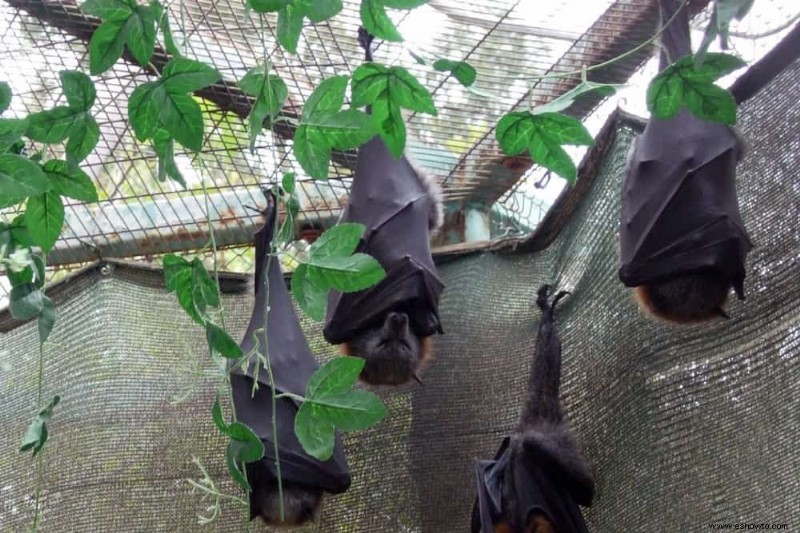
Now, technically this isn’t a plant, but bat guano (droppings) is a prized fertilizer. Growing trees that attract bats and pigeons can help you obtain their phosphorus-rich droppings while they forage on insects.
Native trees to your area will be best at attracting moths and other insects – this will indirectly attract bats. Bat droppings are rich in phosphorus and contain high levels of calcium and nitrogen. You can collect their guano and use it as fertilizer to enrich and improve your garden soil’s health.
It might not sound like the most pleasing method, but you will be amazed at what it does for your garden.
En resumen
Gardening isn’t as easy as tossing a few seeds and hoping for the best! For healthy plants, you need healthy soil. Instead of pumping your soil with chemicals and synthetic or inorganic fertilizers, you can grow plants that help enrich the soil.
Hopefully, this article has helped you learn about some plants you can grow to boost your garden soils status! Drop any questions or experiences down below. Don’t forget to share the article if you liked it!
¡Feliz jardinería!


